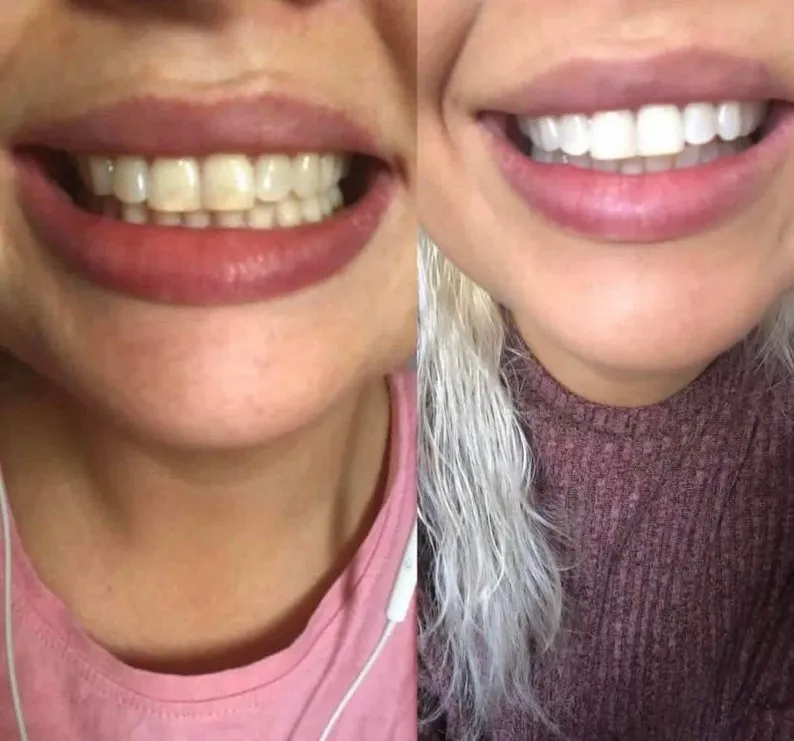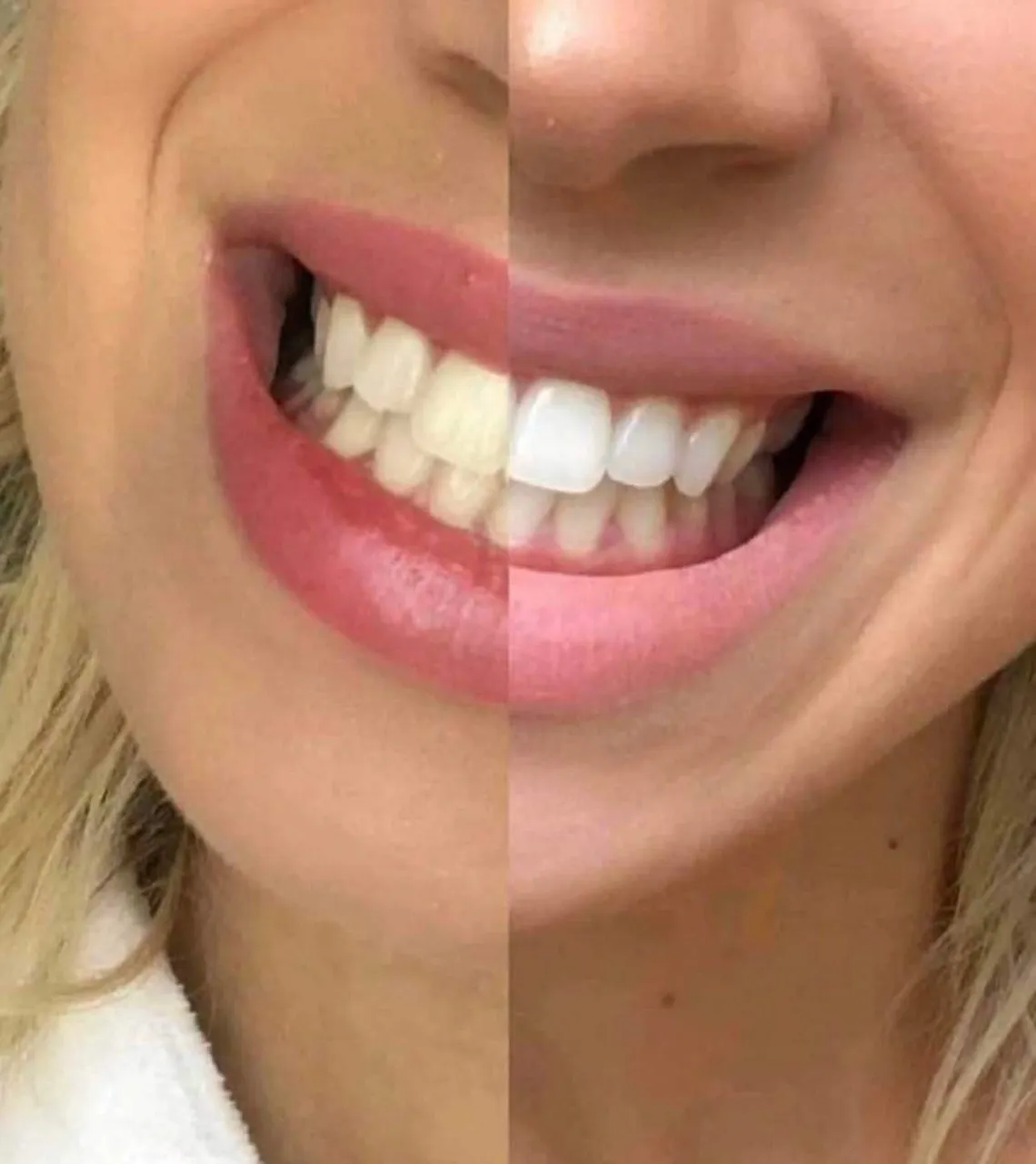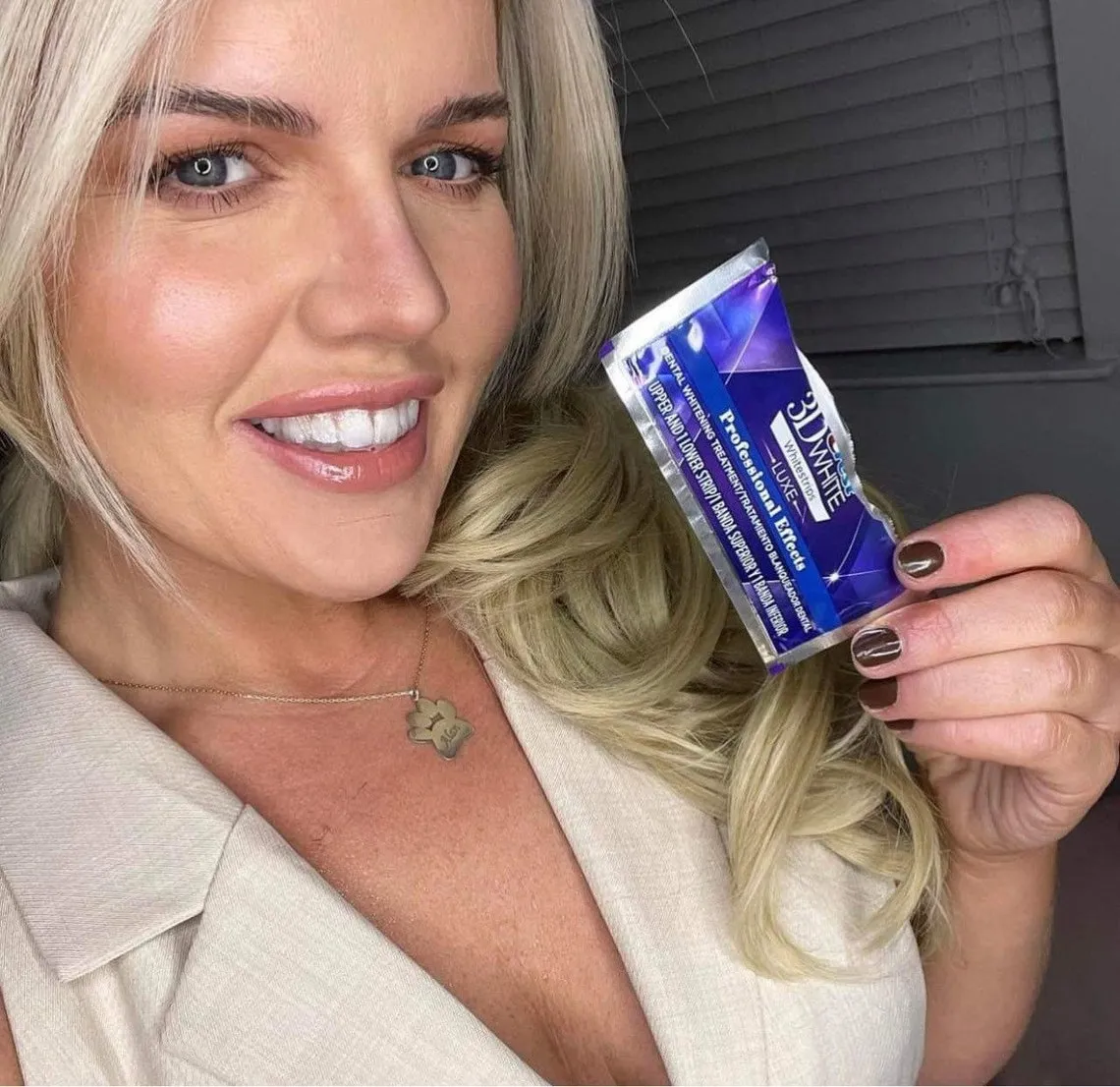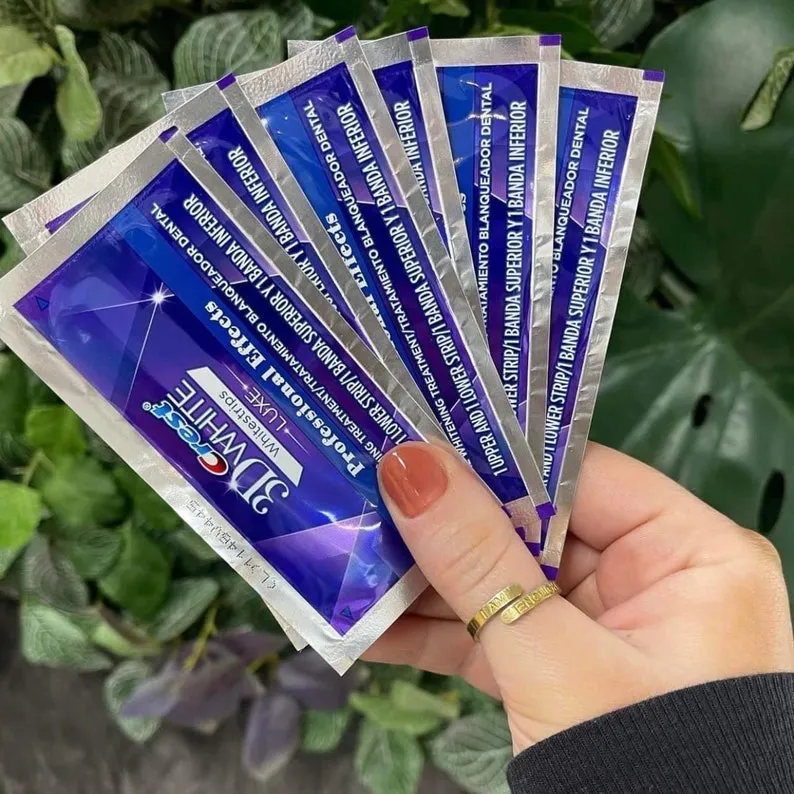What Are Crest Whitening Strips?
Crest Whitening Strips have become a popular at-home teeth whitening solution, offering a convenient and relatively affordable way to brighten your smile. These flexible, thin strips are coated with a hydrogen peroxide-based whitening gel. They are designed to adhere to the surface of your teeth, allowing the active ingredient to penetrate the enamel and break down stains. The concept is simple, apply, wait, and reveal a whiter smile. Crest Whitening Strips are available in various formulations, each with a different concentration of hydrogen peroxide, catering to different levels of staining and sensitivity. The product’s widespread availability and ease of use have made it a go-to choice for those looking to improve their smile without a professional dental visit. However, understanding how they work, along with their effectiveness and potential side effects, is crucial before incorporating them into your oral hygiene routine.
How Do Crest Whitening Strips Work?
The efficacy of Crest Whitening Strips lies in their active ingredient, hydrogen peroxide, a bleaching agent. When the strip is applied to the teeth, the hydrogen peroxide seeps into the enamel. It then breaks down the molecules causing discoloration. These stains can be caused by various factors, including coffee, tea, red wine, and smoking. The strips work by oxidizing these stained molecules, effectively lightening them and making your teeth appear whiter. The length of time the strips need to stay on the teeth and the concentration of hydrogen peroxide varies depending on the product type. Consistent use, as directed on the product packaging, is typically required to achieve noticeable results. It’s important to note that the effectiveness can vary from person to person, depending on the severity of the staining and individual tooth enamel characteristics. Proper application and adherence to the instructions are key to maximizing the whitening effects.
Fact 1 Effectiveness of Crest Whitening Strips

Crest Whitening Strips are generally effective for many users, particularly those with mild to moderate tooth discoloration. Clinical studies and consumer reviews often show significant improvement in teeth whiteness after consistent use. The level of whitening achieved depends on factors such as the specific product used, the initial shade of the teeth, and the type of stains present. For instance, strips with a higher concentration of hydrogen peroxide may deliver more dramatic results but could also increase the risk of sensitivity. Results can be seen within a few days to a couple of weeks. Many users report a noticeable difference after completing the treatment cycle as directed. However, it’s essential to manage expectations, as whitening strips may not be as effective on certain types of stains, such as those caused by tetracycline or other internal tooth discolorations.
Fact 2 Types of Crest Whitening Strips Available
Crest offers a range of whitening strip products to cater to diverse needs and preferences. Some popular options include Crest 3D White Whitestrips, Crest Professional Effects Whitestrips, and Crest Gentle Routine Whitestrips. Each type differs in terms of hydrogen peroxide concentration, wear time, and the number of treatments per package. Professional Effects strips typically contain a higher concentration of hydrogen peroxide and are designed for more significant whitening. Gentle Routine strips have a lower concentration, making them suitable for those with sensitive teeth. Some strips also incorporate features like Advanced Seal technology, which helps the strips stay securely in place during use. The availability and specific formulations may vary depending on the region. Therefore, it’s crucial to read the product labels and consider your sensitivity level when choosing the right type of Crest Whitening Strips.
Fact 3 How to Use Crest Whitening Strips Correctly
Proper use of Crest Whitening Strips is essential for achieving the best results and minimizing potential side effects. Begin by brushing your teeth gently to remove any food particles or debris, but avoid brushing immediately before applying the strips. Peel the strip from its backing and apply it to your teeth, making sure the gel side contacts the enamel. Align the strips with your gum line, pressing gently to ensure good contact. Avoid touching the strips as much as possible. Follow the product’s instructions for wear time, typically 30 minutes to an hour, depending on the product. After the recommended time, remove the strips and dispose of them. Rinse your mouth with water to remove any residual gel. It is important to maintain consistency and follow the recommended treatment duration for optimal results. Do not eat, drink, or smoke while using the strips, as this can affect their effectiveness. It’s best to consult with a dentist if you have any concerns.
Fact 4 Potential Side Effects of Crest Strips

While generally safe, Crest Whitening Strips can cause side effects in some users. The most common side effect is tooth sensitivity, which can range from mild discomfort to sharp pain when consuming hot or cold foods and beverages. This sensitivity typically resolves within a few days after stopping use. Gum irritation is another potential side effect, which may manifest as redness or soreness along the gum line where the strips come into contact. In rare cases, some users may experience a mild allergic reaction. To minimize side effects, avoid overusing the strips, follow the instructions carefully, and consider using a toothpaste designed for sensitive teeth. If you experience severe or persistent side effects, discontinue use and consult a dentist. It is also important to avoid swallowing the whitening gel.
Fact 5 User Reviews & Testimonials
User reviews and testimonials provide valuable insights into the effectiveness and user experience of Crest Whitening Strips. Many users report positive experiences, noting a visible improvement in tooth whiteness and a boost in self-confidence. Common praises include the ease of use, convenience, and relatively affordable cost compared to professional whitening treatments. However, reviews also highlight potential drawbacks. Some users express dissatisfaction with the level of whitening achieved, especially for heavily stained teeth. Others report experiencing tooth sensitivity or gum irritation, as mentioned in the product warnings. It’s useful to review a range of testimonials and consider them alongside your personal oral health situation. Many online platforms offer consumer reviews, providing a broad perspective on different Crest Whitening Strips products.
Crest Whitening Strips Before and After Results
Before and after photos and videos provide a visual representation of the changes Crest Whitening Strips can bring about. These results typically showcase a noticeable shift in the shade of the teeth, moving from a yellowed or stained appearance to a brighter, whiter smile. The extent of the whitening varies depending on the initial shade of the teeth, the type of stains, and the product used. In some cases, the transformation can be quite dramatic, with teeth appearing several shades lighter. However, it’s important to understand that results may not be the same for everyone. Some individuals might experience more subtle changes, while others might not see significant whitening at all. Before and after results are a helpful tool for managing expectations and understanding the potential impact of the treatment. Be sure to compare these results to the specific product being used, considering the time frame and application method.
Crest Whitening Strips Alternatives

Several alternatives to Crest Whitening Strips are available for those seeking to whiten their teeth. These include professional teeth whitening treatments performed by a dentist, such as in-office bleaching or custom-fitted whitening trays. Professional treatments often yield more dramatic results due to the higher concentration of whitening agents used. Another option is using whitening toothpastes and mouthwashes, which contain mild abrasives and whitening agents to remove surface stains. Over-the-counter whitening gels and pens offer another option, providing a more targeted approach to whitening individual teeth. The best alternative depends on individual preferences, the degree of desired whitening, and budget. Consulting a dentist can help determine the most suitable option for your specific needs and oral health condition.
